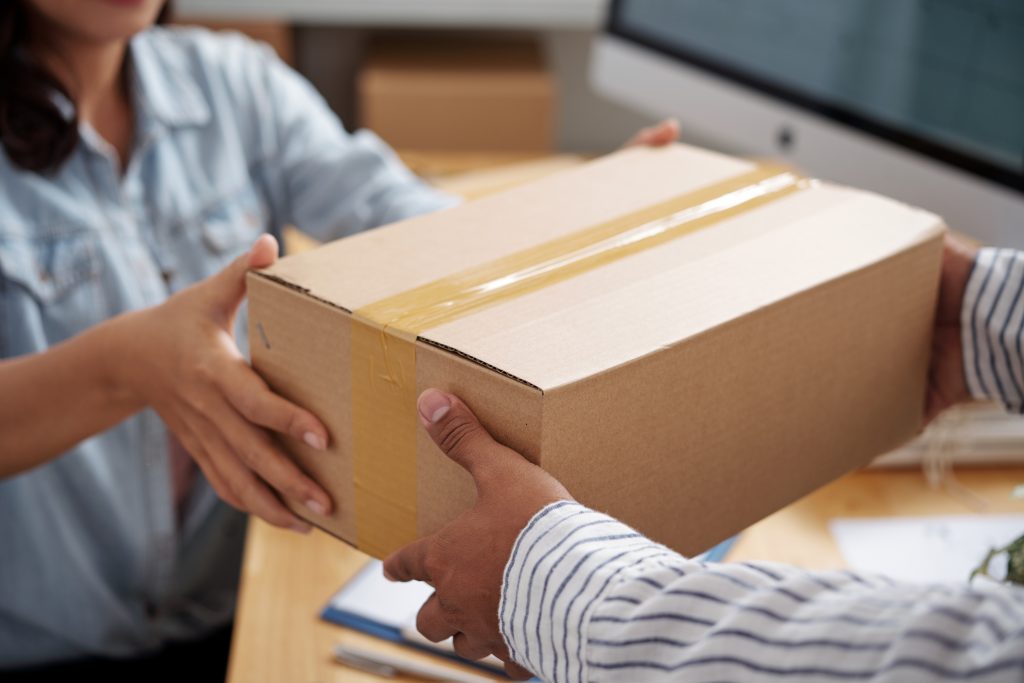Companies are producing more than they sell, and this is especially the case in the fashion industry. That’s the Make to Stock way of production. But what happens when excess clothes are tossed in landfills if never sold? On top of being bad for the environment, overproduction means shelving products and selling them at a discount – in other words, losing money. It’s clear that something needs to change. That’s where Make to Order manufacturing comes into play – i.e only produce what’s ordered.
Curious to know more about Make to Order?
Download our whitepaper around footwear and e-commerce.
Engage Consumers
While Make to Stock starts with the manufacturer producing with an estimation, Make to Order starts with the consumer. When consumers configure products on your e-commerce platform, choosing from colors and features, they feel engaged. What’s more is that with 3D configuration they’re able to interact with products, seeing them as close to reality as possible. And when you include personalization options – that’s the cherry on top.
In fact, research shows that 77% of consumers have chosen, recommended, or paid more for a brand that provided a personalized experience. And when consumers receive their customized and/or personalized product, there’s a much smaller chance that they’ll make a return – part of the Make to Order strategy.
Faster Time From Factory to Consumer
As soon as the consumer makes an order, manufacturers get paid immediately, and in full. At this point, the product-to-consumer journey is faster and shorter – known as Direct-to-Consumer (D2C). The manufacturer produces to order, using only the necessary resources, as indicated by a Bill of Materials (BOM) received automatically in the process.
This saves on costs and is good for the environment too. And since the product is manufactured specifically for the consumer (Make to Order manufacturing), it’s never shelved in a warehouse. In fact, it also doesn’t need a huge marketing spend and a strategy. It’s sent directly to the consumer. What’s more is that with Make to Order, products aren’t discounted over time as a means to get rid of them.
Reduce Cost in Supply Chain
So how do you reduce costs with Make to Order manufacturing? To start with, by using 3D models, you eliminate sample production costs, as well as air freight costs included in the sampling process. That is to say, fewer products are physically sent back and forth – both bad for the environment and your budget too.
Next, you only use what you need with the Make to Order strategy, meaning your budget is used smartly. Finally, you eliminate warehouse costs by sending products directly to consumers. That includes eliminating equipment, utility bills and overhead costs that you could be spending on things that matter more like innovation and quality. And finally, with Make to Order, your consumers are less likely (if at all) to return products – and that’s fewer logistics you’d otherwise need to spend on.

If it’s clear to you that Make to Order manufacturing is the way to go, but you have no idea where to start, read our latest whitepaper. We tell you how a 3D product configurator is exactly what you need.
Download our whitepaper around footwear and e-commerce.
Did you like this article on Make to Order Manufacturing? Then read all about how you can make the best out of your online selling business right here.